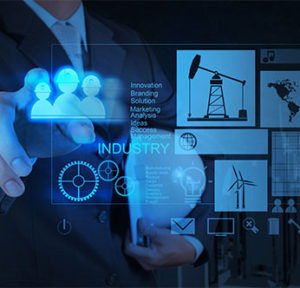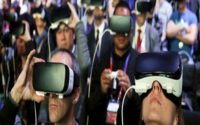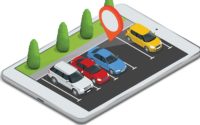AR and Machine Learning – A strong tailwind for amidst growth for futuristic technology synchronization
The AR and machine learning industry are always in search of flexible, easily deployable solutions that can enhance user experience with futuristic technologies, that brings the entire process of authentication and applications more user friendly and immersive in nature.
Requirement for real-time data analytics and situation awareness are playing center stage to create more informed and user-friendly experience along with enhanced security architecture and likely to play vital role in future agnostic technologies associated with mobile devices.
Focus on decentralization and networked architectures are fueling in this scenario where the user is anticipated to vastly rely on artificial intelligence automation progressions to override the decision process and synergizing with the capitative immersive environment to take the user experience to the next level.
Deep learning and machine learning are enhancing predictability with notched up versatility to seamlessly integrate with the changing environment and behavior in real-time situations and likely to move ahead with more backward and forward integration based architecture support.
Although data mining, data retrieving and accuracy remain a concern, however hardware agnostic with open architecture looks promising for the future market of this kind of technologies. Considering cyber-attacks and MFAs to mitigate the same biometric deployment are finding sweet spots to penetrate further in this situation and likely to experience rapid growth in coming years.
Considering the launch of Apple iphone X a new yard stick is established with respect to smart phone with a new definition. This benchmark with facial recognition with machine learning abilities are going to be future scenarios for game developers, application providers and core OEM strategies. Gamers are likely to develop content in this regard where real-time visual integration is going to create more immersive environment with object mapping using various sensors such as proximity, depth sensors, ambient sensors to name a few.
Simulation industry is going to see vast opportunity to break through untapped potentials to leverage on providing augmented based platforms to increase user and surrounding involvement to next level. This is likely to be utilized in defense and healthcare industries to increase customized scenario reflex action mapping.
Cognitive and in-cognitive traceability of reactions are going to further push this market, where by utilizing algorithms associated with possible reaction mapping and creating reactive, preventive and predictive analytics, the automation industry can further optimize the machine learning process.
Seeing above it seems the coming five to seven years’ timeline is going to be a great learning curve, where it is a vast opportunity for startups to seamlessly develop solutions keeping in mind both forward and backward integration. Rethinking on the capex vs opex investment in this regard where the value addition it brings on the table is significantly large; the market is anticipated to start adopting such technology at a moderate pace where the R&D departments are likely to be pushed in this direction to make it more pocket friendly as well. A lot of mergers and acquisitions and technological tie ups are likely going to happen which will largely depend upon the patents filed and deadline in which the OEMs would like to launch the solution.
By Deepankar Bose
Manager – ICT, TechSci Research




